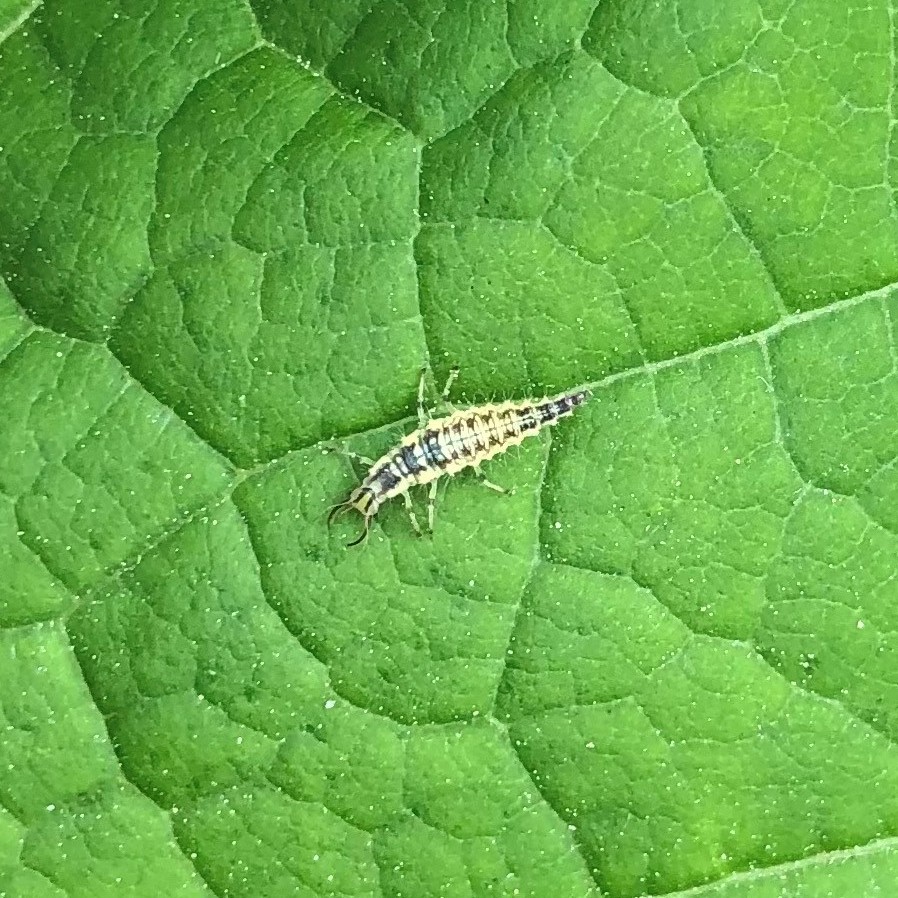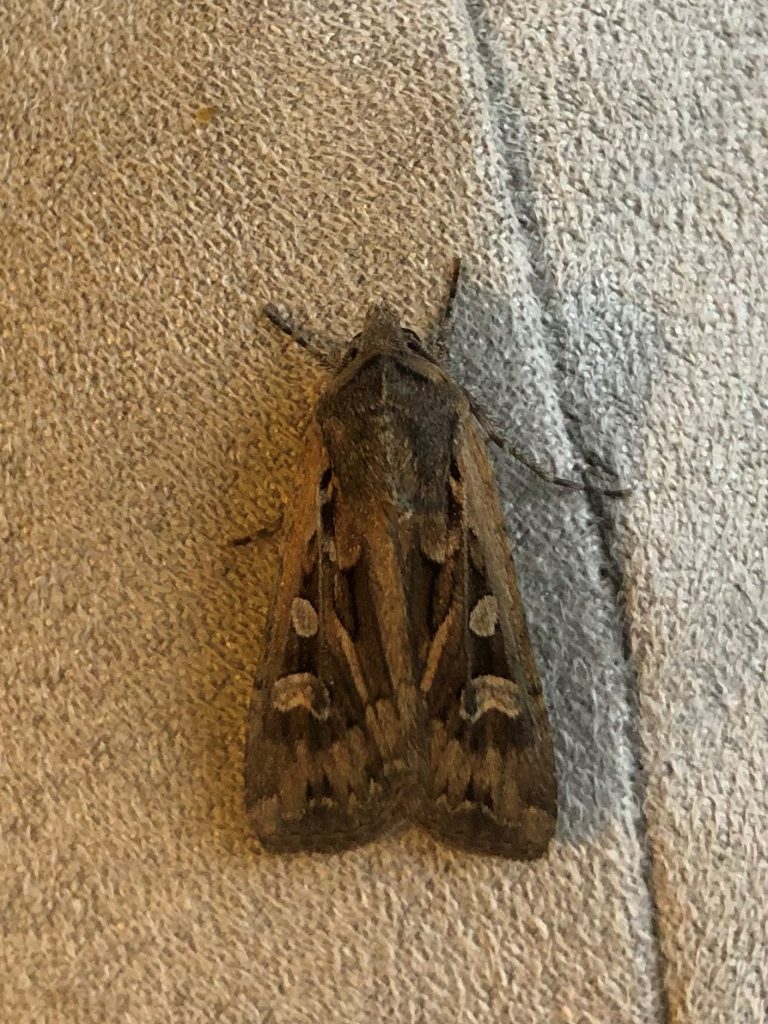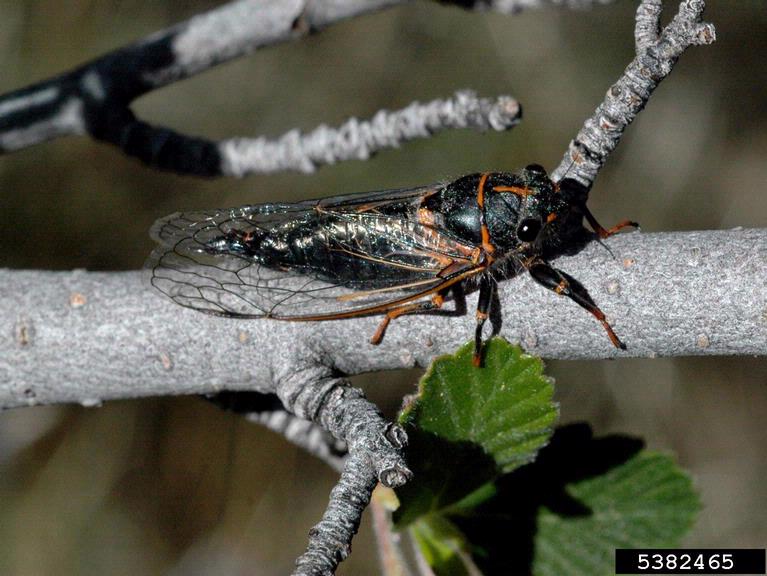From the Hort Desk
- 2021-07-08
- By mkirk
- Posted in The Garden Buzz
By Lisa Mason, CSU Extension Horticulture Agent
We have received many inquiries about insects this season. Specifically, people are wondering: Where are the insects? Where are the bees? Does a lack of insects mean they are rapidly declining? The short answer is likely “no.” This season’s insect population does not indicate a steep decline.
Insect populations fluctuate from year to year depending on variables like weather. Spring was unusually wet along the Front Range and may have delayed or affected insect populations including insect predators like lady beetles and pollinators. Without the insect predators available, the aphid population has been thriving.
Now that we are in July, more of the usual garden visitors are arriving, including lady beetles, lacewing larvae and solitary bees.
Plants have also had a challenging few years due to weather in Colorado. Drought conditions, poor air quality, and extreme temperature drops in the spring and fall have all impacted plants. These variables all have the potential to impact insects.
For some insects, weather conditions outside of Colorado determine the population numbers in Colorado. A great example is the Painted Lady Butterfly (Vanessa cardui) that migrates each year. They overwinter in northwestern Mexico, including Baja. Their population is entirely dependent on the precipitation received in the overwintering grounds. More precipitation allows the caterpillar host plants to thrive, which will increase the general butterfly population. Years with little precipitation results in fewer butterflies.

Photo: Lisa Mason
Be mindful and observant of garden inhabitants like insects. Garden insects provide many beneficial services to the ecosystem and to people, including pollinating flowers, which facilitates plant reproduction, preying on pest insects and decomposing matter back into the soil. We can always support their populations by planting nectar flowers and/or native plants, providing habitat spaces such as leaf litter, bare soil areas, and dead logs or cavity nesting insects, reducing pesticide use and providing a water source.
Solitary Bees
Solitary bees also may have been impacted by the wet spring weather. Their populations fluctuate year to year. While bumble bees (Bombus spp.) are a common flower visitor in some areas, observations appear to be lower in numbers this year. Explore native bee data collected by Native Bee Watch Community Scientists here on a real-time, interactive dashboard.

Photo: Lisa Mason
Honey Bees
Honey bee populations are accounted for differently since honey bees are a managed and domesticated species. The Bee Informed Partnership released the preliminary report in June for colony losses from April 2020 to April 2021. The average colony loss was 45.5% nationwide and Colorado had colony losses averaging 41.8%. While the percentage seems alarming, and it is the second highest colony loss on record, it is important to understand that honey bee colony loss is not an indicator of the honey bee population. Since honey bees are bred and managed, beekeepers often replace their lost colonies. The percentage of colony loss is best interpreted as a turnover rate. Colony loss is due to a variety of factors affecting honey bees including the varroa mite as the most challenging issue. The report indicates that queen issues were the second highest factor affecting colony losses. The colony loss rate represents the issues facing beekeepers and the challenges of beekeeping, but does not represent population numbers. The population of honey bees fluctuates depending on the nearby colonies, hive health, and floral resources available.
Other Summer Observations
Miller Moths
Have you noticed we have not seen many miller moths this summer? Also known as army cutworm moths (Euxoa auxiliaris), they are having a normal-to-low population year. Since we had so much moisture this spring, Dr. Whitney Cranshaw predicted that more flowers would be blooming during their migration period, which should make them less noticeable in urban landscapes. You can read more about miller moths, their migratory life cycle, and predictions from Dr. Cranshaw here.
Cicadas
What is making the clicking noise you probably have heard about is Brood X, the periodical cicada that emerges every 17-years in the eastern United States. Colorado does not have the 17-year cicadas, but we do have 29 different species. They emerge every summer here, but the lifecycle of an individual cicada can be many years. They live underground as nymphs feeding on roots for years before emerging as an adult.
The Putnam’s cicadas (Platypedia putnami) are making the clicking noises you might hear in your yard. They are a common species in urban areas. Other species occur later in the season during the hot summer, and they have a loud buzzing noise. The males make the sounds to attract mates. Read more about cicadas here.
Horticulture Resources
- Garden Buzz Archives
- CSU Extension Resources
- Colorado Master Gardener Program
- Foothills to Plains Native Plant Master Program
- Native Bee Watch Community Science Program
- The Co-Hort Blog
- PlantTalk Colorado
- Soil Testing
- Plant Select
- Emerald Ash Borer
- Japanese Beetle
- Colorado State Forest Service
- Ask an Expert




